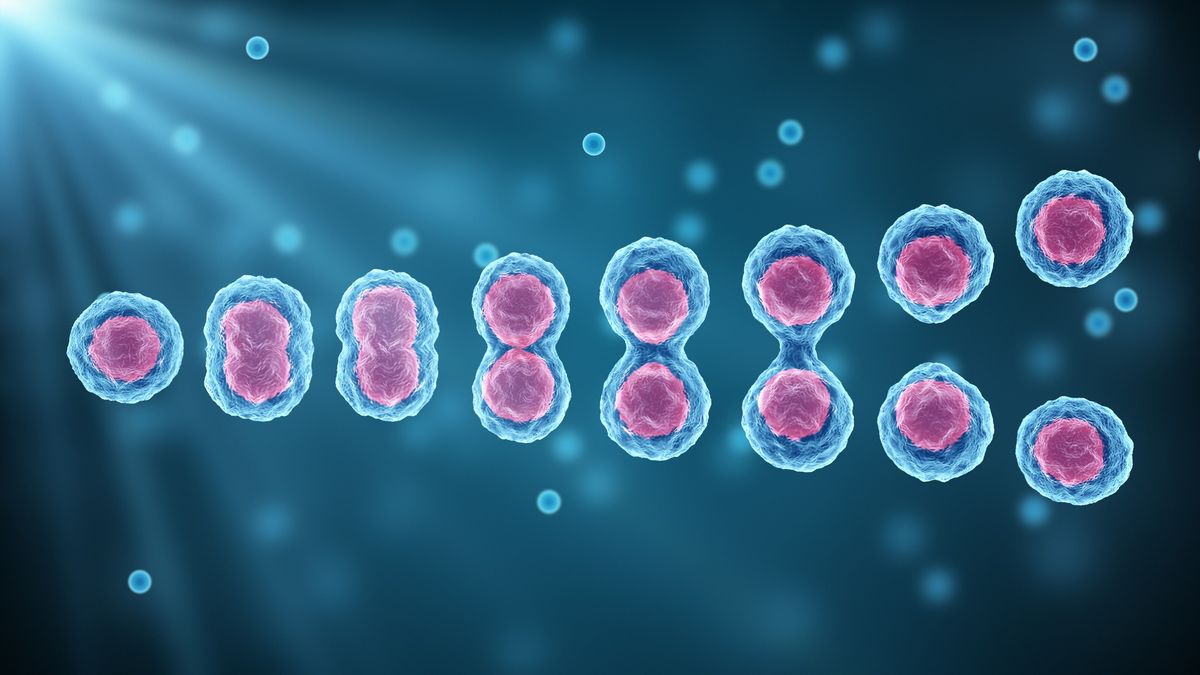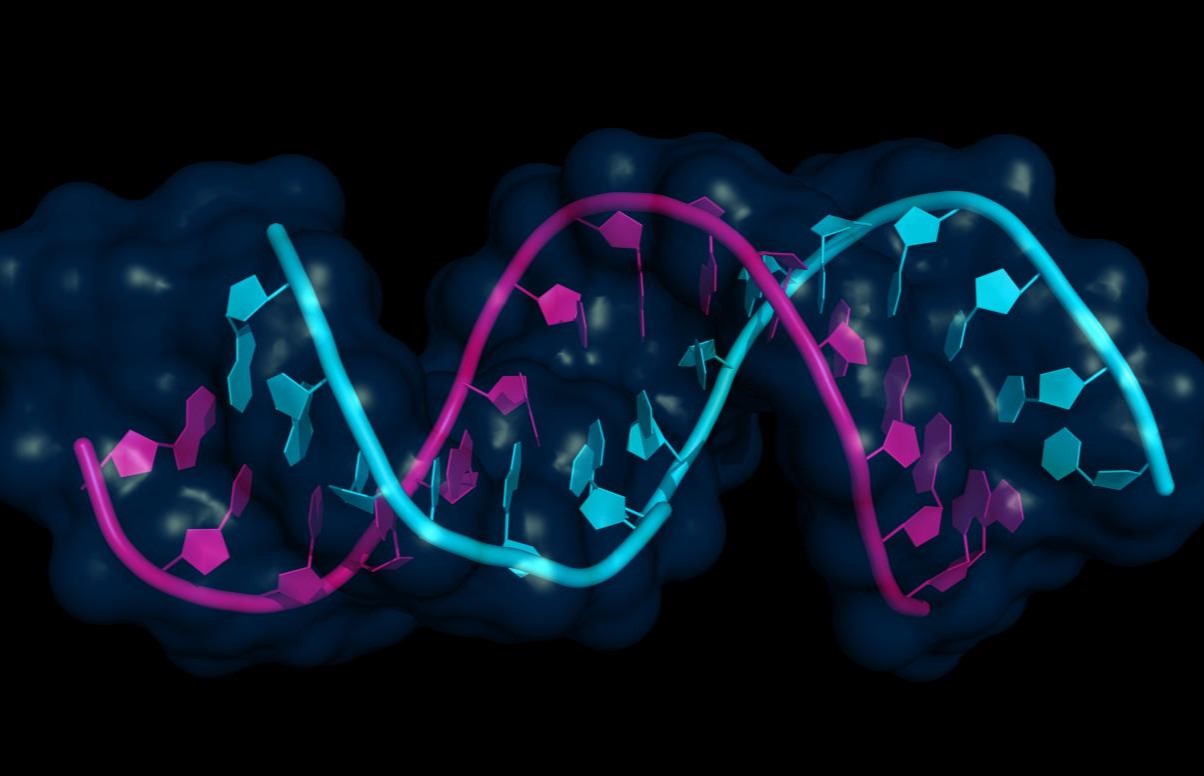
Pluripotency is a fascinating concept in biology. It refers to a cell's ability to develop into almost any type of cell in the body. Imagine a single cell that can turn into a heart cell, a brain cell, or even a skin cell. That's pluripotency in action! Scientists are excited about this because it holds promise for regenerative medicine, where damaged tissues and organs could be repaired or replaced. Stem cells are the most well-known pluripotent cells, often derived from embryos or induced from adult cells. Understanding pluripotency could revolutionize treatments for diseases like Parkinson's, diabetes, and spinal cord injuries. Ready to dive into 27 intriguing facts about pluripotency? Let's get started!
What is Pluripotency?
Pluripotency refers to a cell's ability to develop into almost any type of cell in the body. These cells are crucial in medical research and regenerative medicine. Let's dive into some fascinating facts about pluripotency.
-
Pluripotent cells can differentiate into over 200 cell types. This means they can become anything from muscle cells to neurons.
-
Embryonic stem cells are the most well-known pluripotent cells. These cells are derived from early-stage embryos and have the highest potential for differentiation.
-
Induced pluripotent stem cells (iPSCs) are created from adult cells. Scientists can reprogram adult cells to become pluripotent, which avoids ethical issues related to embryonic stem cells.
The Science Behind Pluripotency
Understanding the mechanisms that make pluripotent cells so versatile is key to harnessing their potential.
-
Pluripotency is regulated by specific genes and proteins. Key players include Oct4, Sox2, and Nanog, which help maintain the cell's ability to differentiate.
-
Epigenetics plays a crucial role in pluripotency. Chemical modifications to DNA and histones can turn genes on or off, influencing a cell's fate.
-
Pluripotent cells have a unique metabolic profile. They rely more on glycolysis than oxidative phosphorylation, which is different from most adult cells.
Applications of Pluripotent Cells
Pluripotent cells have numerous applications in medicine and research, offering hope for many diseases and conditions.
-
Pluripotent cells are used in drug testing. They can be differentiated into specific cell types to test the effects of new drugs.
-
They hold potential for regenerative medicine. Scientists are exploring ways to use these cells to repair or replace damaged tissues and organs.
-
Pluripotent cells can help model diseases. By creating cells with specific genetic mutations, researchers can study the progression and treatment of various diseases.
Ethical Considerations
The use of pluripotent cells, especially embryonic stem cells, raises important ethical questions.
-
Embryonic stem cell research is controversial. It involves the destruction of embryos, which some people believe is morally wrong.
-
iPSCs offer an ethical alternative. Since they are derived from adult cells, they bypass many ethical concerns associated with embryonic stem cells.
-
Regulations vary by country. Different countries have different laws and guidelines regarding the use of pluripotent cells in research.
Challenges in Pluripotent Cell Research
Despite their potential, working with pluripotent cells presents several challenges.
-
Maintaining pluripotency in the lab is difficult. Cells can lose their pluripotent state if not carefully managed.
-
Differentiation can be unpredictable. Ensuring that pluripotent cells differentiate into the desired cell type is not always straightforward.
-
Risk of tumor formation. Pluripotent cells can form teratomas, a type of tumor, if not properly controlled.
Future of Pluripotent Cell Research
The future of pluripotent cell research is bright, with many exciting developments on the horizon.
-
CRISPR technology is enhancing pluripotent cell research. This gene-editing tool allows for precise modifications, improving the study of gene function and disease.
-
Organoids are being developed from pluripotent cells. These mini-organs can mimic the structure and function of real organs, providing valuable models for research.
-
Personalized medicine is becoming a reality. Pluripotent cells can be used to create patient-specific cells for tailored treatments.
Interesting Facts About Pluripotent Cells
Here are some more intriguing tidbits about pluripotent cells that highlight their versatility and potential.
-
Pluripotent cells can be found in the inner cell mass of a blastocyst. This is a very early stage of embryonic development.
-
They can be cultured indefinitely. Under the right conditions, pluripotent cells can be grown in the lab for long periods without losing their properties.
-
Pluripotent cells can be used to study early human development. They provide insights into how cells differentiate and organs form.
-
They have been used to create functional heart tissue. Researchers have successfully differentiated pluripotent cells into heart cells that can beat in a dish.
-
Pluripotent cells can help in studying genetic disorders. By creating cells with specific genetic mutations, scientists can better understand diseases like cystic fibrosis and Huntington's disease.
-
They are being explored for use in spinal cord injury treatments. Pluripotent cells could potentially repair damaged spinal cord tissue, offering hope for paralysis patients.
-
Pluripotent cells can be used to grow skin for burn victims. This could revolutionize the treatment of severe burns by providing new, healthy skin.
-
They have potential in treating diabetes. Scientists are working on differentiating pluripotent cells into insulin-producing beta cells.
-
Pluripotent cells can be used to create blood cells. This could help in treating blood disorders and providing a new source of blood for transfusions.
The Power of Pluripotency
Pluripotency is a game-changer in science and medicine. These cells can transform into any cell type, offering hope for treating diseases like Parkinson's, diabetes, and spinal cord injuries. Researchers are constantly discovering new ways to harness this potential, making strides in regenerative medicine and personalized treatments.
Understanding pluripotency helps us grasp how cells develop and specialize. This knowledge could lead to breakthroughs in organ regeneration and even reversing aging processes. Ethical considerations remain, but the benefits are undeniable.
Staying informed about pluripotency keeps you updated on cutting-edge medical advancements. It’s a fascinating field with the promise to revolutionize healthcare. Keep an eye on this space; the future of medicine is unfolding right before us.
Was this page helpful?
Our commitment to delivering trustworthy and engaging content is at the heart of what we do. Each fact on our site is contributed by real users like you, bringing a wealth of diverse insights and information. To ensure the highest standards of accuracy and reliability, our dedicated editors meticulously review each submission. This process guarantees that the facts we share are not only fascinating but also credible. Trust in our commitment to quality and authenticity as you explore and learn with us.


